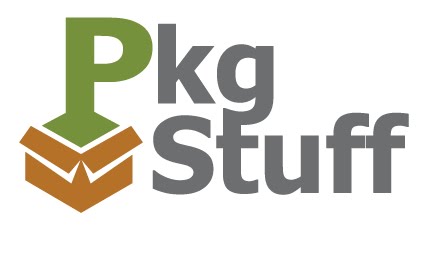
By Rick Miles "The Tape Doctor"
I have worked in the field as a mill rep for a company that only manufactured Hot Melt adhesive carton sealing tapes. I did this from 1986 – 1995 -9 years total. And I have worked for the last 12 years selling primarily Emulsion Acrylic (water-based) Carton Sealing tapes. I am asked frequently which is better, Hot Melt or Acrylic.
For most hand applications, I would go with Acrylic. They can be applied in a wider temperature range (32 degrees F – 150 F) than Hot Melts (40F-120F). They also perform better once they are on the box in the freezer. Their harder unwind makes them easier to apply – you don’t need to add tension to them with an adjustable brake dispenser to make them lie flat on the box. They also have a higher tolerance for high & low humidity conditions. And finally, they have superior fiber tear – the ability to pull the box surface off with the tape. And I think fiber tear is probably the best single measure of how a carton sealing tape performs.
When it comes to machine application, it is all about being able to be applied consistently and reliably by the tape head. As long as there isn’t too much tension in the tape head rollers, and everything is in good working order, Acrylics should work fine. However, if the customer has been running hot melt, you need to make sure that the rollers are free of all adhesive residue and that all rollers are spinning freely with little or no tension. If this is the case, you are better off running Acrylics due to the advantages stated above. However, if you don’t have the opportunity to clean the heads, make these tension adjustments, or if the heads are not in good working order, and the customer is running Hot Melt, you probably should just stay with that. Remember, the cardinal sin in applying tape is stretching it during application. In my experience, that is the #1 reason for tape failures.
Hot Melts do have one advantage in certain applications. They have superior “Shear Values”. This is a measure of how the adhesive performs over time under constant pull. This typically is not a factor in most packaging, but it does come into play when packing fresh fruit – particularly apples. The use of telescoping boxes and cushioning puts the tape under constant stress and Hot Melts are the preferred choice.
I do believe that in most applications, Acrylics are the superior choice in carton sealing tapes.
For most hand applications, I would go with Acrylic. They can be applied in a wider temperature range (32 degrees F – 150 F) than Hot Melts (40F-120F). They also perform better once they are on the box in the freezer. Their harder unwind makes them easier to apply – you don’t need to add tension to them with an adjustable brake dispenser to make them lie flat on the box. They also have a higher tolerance for high & low humidity conditions. And finally, they have superior fiber tear – the ability to pull the box surface off with the tape. And I think fiber tear is probably the best single measure of how a carton sealing tape performs.
When it comes to machine application, it is all about being able to be applied consistently and reliably by the tape head. As long as there isn’t too much tension in the tape head rollers, and everything is in good working order, Acrylics should work fine. However, if the customer has been running hot melt, you need to make sure that the rollers are free of all adhesive residue and that all rollers are spinning freely with little or no tension. If this is the case, you are better off running Acrylics due to the advantages stated above. However, if you don’t have the opportunity to clean the heads, make these tension adjustments, or if the heads are not in good working order, and the customer is running Hot Melt, you probably should just stay with that. Remember, the cardinal sin in applying tape is stretching it during application. In my experience, that is the #1 reason for tape failures.
Hot Melts do have one advantage in certain applications. They have superior “Shear Values”. This is a measure of how the adhesive performs over time under constant pull. This typically is not a factor in most packaging, but it does come into play when packing fresh fruit – particularly apples. The use of telescoping boxes and cushioning puts the tape under constant stress and Hot Melts are the preferred choice.
I do believe that in most applications, Acrylics are the superior choice in carton sealing tapes.





